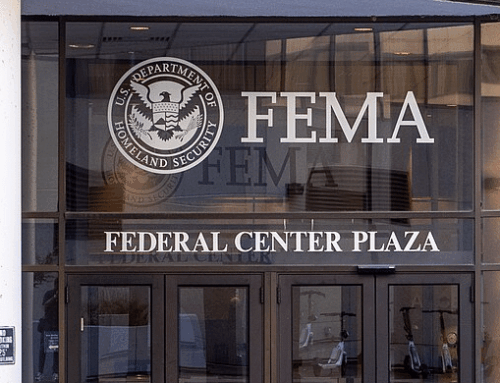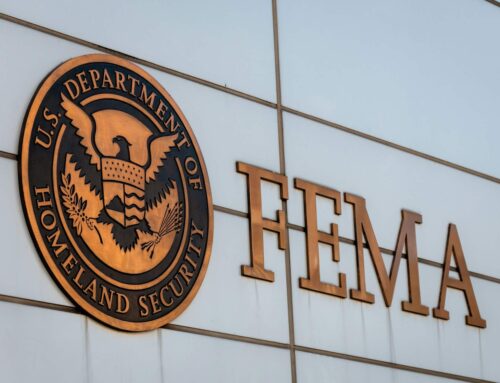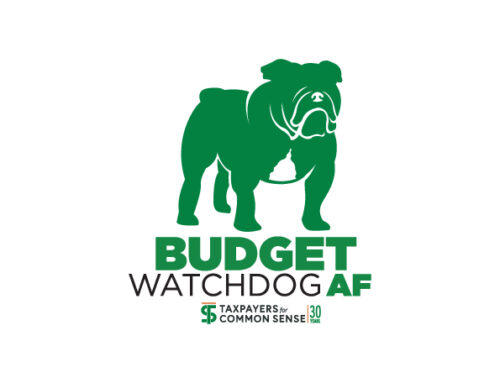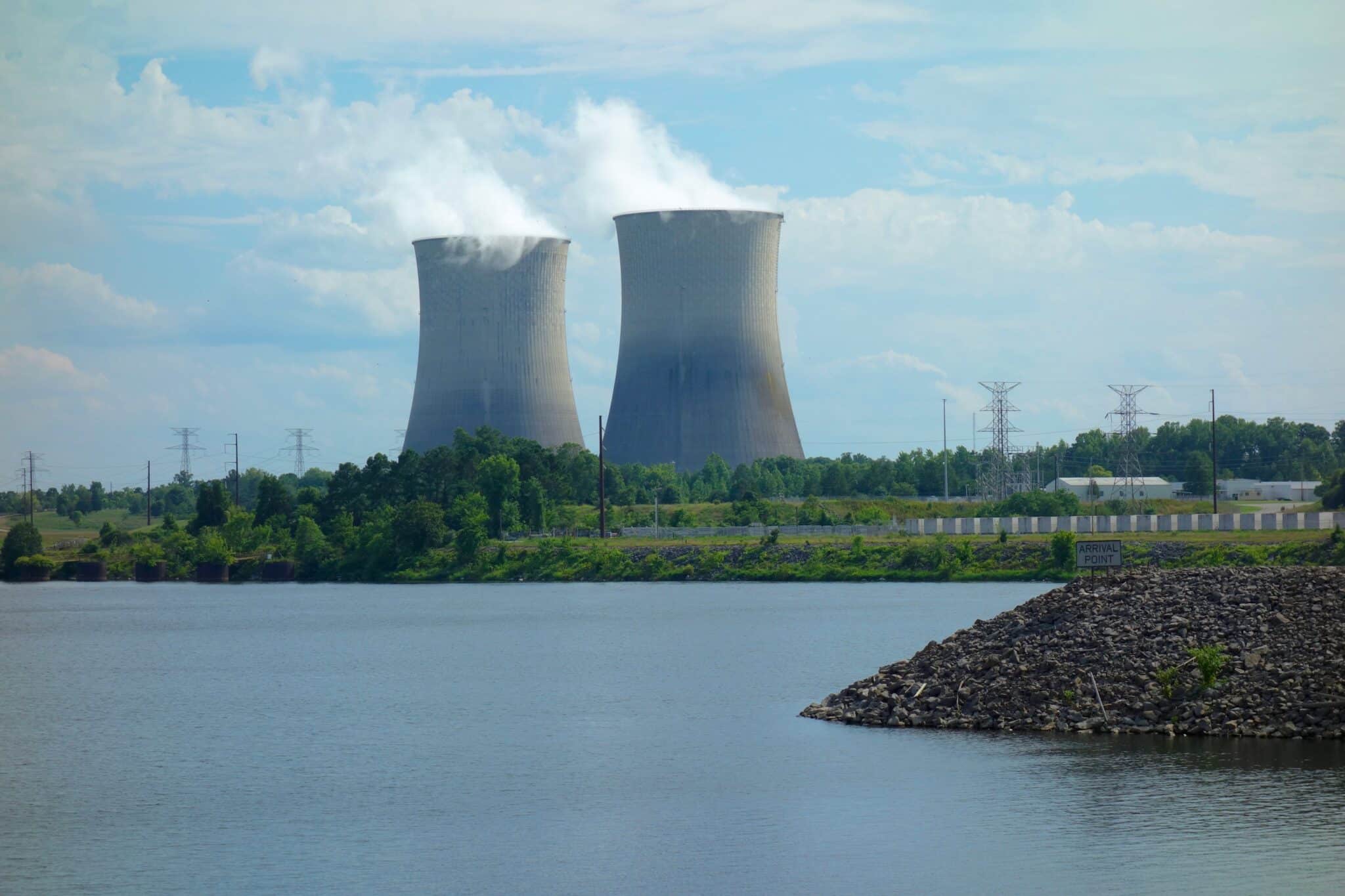After years of false starts and mounting frustration, Congress is finally trying to fix the federal disaster response system. The Fixing Emergency Management for Americans Act of 2025 is the most ambitious FEMA reform package in a generation. And while it's not perfect, it's a serious attempt to break through the bureaucratic inertia that has wasted time and taxpayer dollars for decades.
At a recent oversight hearing, lawmakers from both parties laid into FEMA's decades-long failure to deliver timely disaster recovery. Projects from Hurricane Katrina are still unresolved in the Gulf. Mitigation efforts were thrown into chaos when FEMA abruptly canceled its flagship BRIC program this year, leaving billions in limbo. Local officials testified that shifting guidance, duplicative rules, and paperwork bottlenecks have turned disaster recovery into a bureaucratic gauntlet. If the hearing didn't offer a solution, it did make one thing clear: if Congress wants FEMA to work, it must change how FEMA works.
One of the most promising pieces of the bill is the elevation of FEMA to a stand-alone, Cabinet-level agency. Pulling it out of the Department of Homeland Security doesn't just clean up the org chart—it could finally give FEMA the clarity and authority it's lacked in major disasters. That's good news for coordination, and even better news for accountability.
Another long-overdue change is ending the cumbersome, post-disaster reimbursement model that's left small communities in limbo. Instead, licensed professionals will prepare upfront cost estimates, FEMA will have to respond within 90 days, and approved funds must be delivered in 30. If costs go up later, local governments will be on the hook—promoting accurate budgeting and discouraging blank checks.
Just as important, the bill doesn't leave FEMA's project backlog to rot. A dedicated task force would be charged with closing out decades-old disasters and publishing progress on a public dashboard. With an explicit deadline of 2032 to retire the old reimbursement process, the agency will have no excuse for business as usual.
The bill also includes modest but important provisions related to wildfire. It clarifies that FEMA can use fire management grants for early assessments and emergency stabilization—tools that are crucial in the narrow window before and after a fire hits. It also gives tribal governments the ability to request fire management assistance directly, rather than waiting on state intermediaries. And in a nod to longer-term strategy, the bill tasks the Government Accountability Office with reviewing whether states at high risk of wildfire are actually developing and following wildfire management plans.
For smaller disasters, the bill gives governors and tribal leaders the option to take a lump-sum grant instead of trudging through years of paperwork. If they overspend, they absorb the loss. If they manage it well, they get the job done faster. That's the kind of fiscal discipline that should be the rule, not the exception.
The bill also brings some long-needed predictability to FEMA's pre-disaster mitigation funding. Forty percent would be divided equally among the states, with the rest distributed by formula—based on risk, population, income, and rural need. That allows communities to plan, not just react. It also makes mitigation more than an afterthought.
On the individual assistance side, the bill would let FEMA offer direct repair grants when rebuilding is cheaper than trailers, extend rental aid, and streamline applications across FEMA, HUD, and SBA. These are practical improvements that matter to families trying to piece their lives back together. Even permitting gets a modest overhaul. If a community wants to rebuild a structure to modern code, in the same place, with mitigation included, the project wouldn't have to wade through a full environmental review.
There are a few unfinished pieces. The bill requires licensed professionals and line-item detail for estimates, but it punts on setting a consistent national standard. It ramps up outlays without identifying specific offsets, which means Congress will need to keep a close eye on spending. And while it sets a 2032 deadline for retiring FEMA's old reimbursement authority, the bill lacks annual enforcement triggers to keep the agency on track.
Still, for a bill this sprawling, the core message is clear: faster response, clearer rules, better oversight, and more pressure on states and localities to own their share of the risk. If lawmakers follow through on oversight—and add a few fiscal guardrails—the FEMA Act of 2025 could mark a turning point in federal disaster policy.
- By Fry1989 (SVG) - This vector image includes elements that have been taken or adapted from this file:, Public Domain, https://commons.wikimedia.org/w/index.php?curid=27474025










